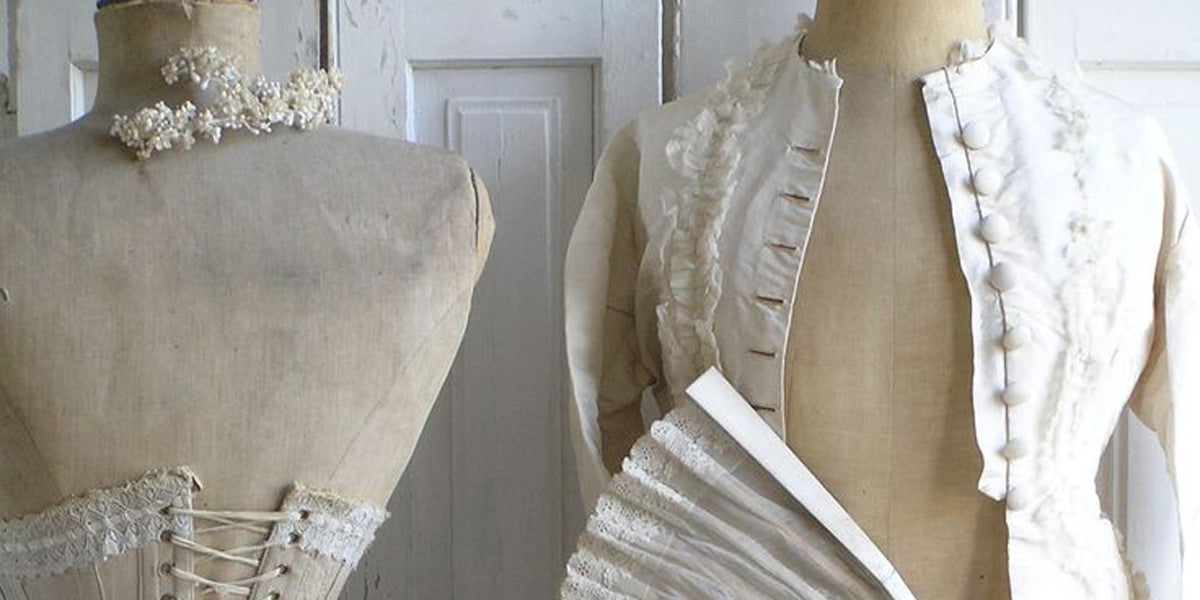Your Cart is Empty
Free Shipping On All Orders In December - No Coupon Code Necessary
Free Shipping On All Orders In December - No Coupon Code Necessary
Free Shipping On All Orders In December - No Coupon Code Necessary
Free Shipping On All Orders In December - No Coupon Code Necessary

October 23, 2017 2 min read
Whether you are a fashion designer, or you dream to become a professional sewer, you’ll find out that one of the main supplies that could come in handy is a dress form.To get a better idea about dress forms, here you have this guide, which will teach you a lot of things that you need to know.
Why should I have a dress form?
One of the first questions that you may ask yourself is why should you have a dress form.So here are some reasons to take into consideration:
Types of dress forms
There are various types of dress forms, so here you can see some details about them, to help you make your decision.
In the end
As you can see, there are various reasons that you may want or need a dress formfor. Depending on your purpose and specific needs, there are also different types of dress formsto choose from. Now, it only depends on you to choose the one that best fits your needs, requirements, preferences, and, of course, your budget.